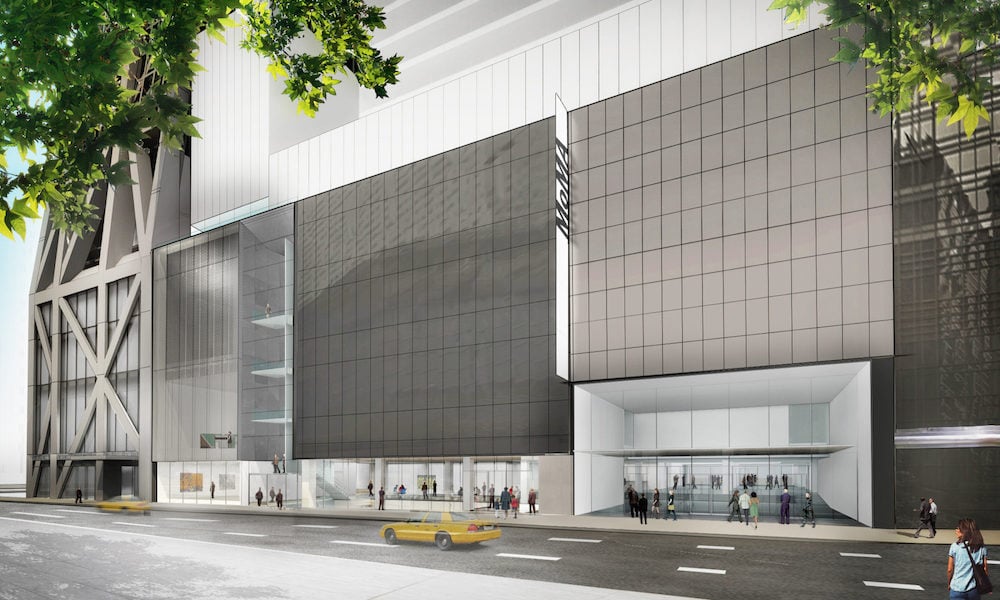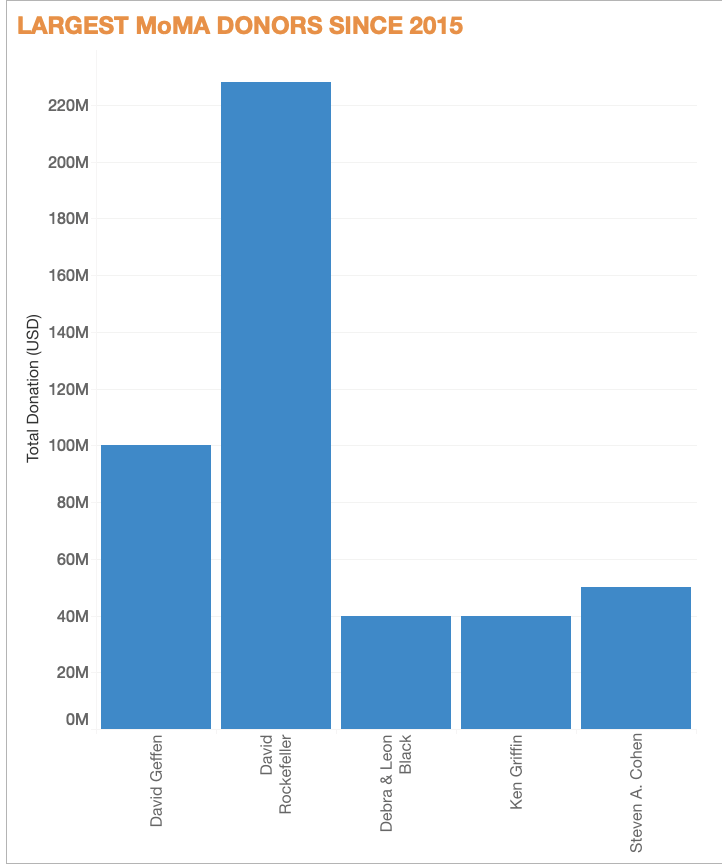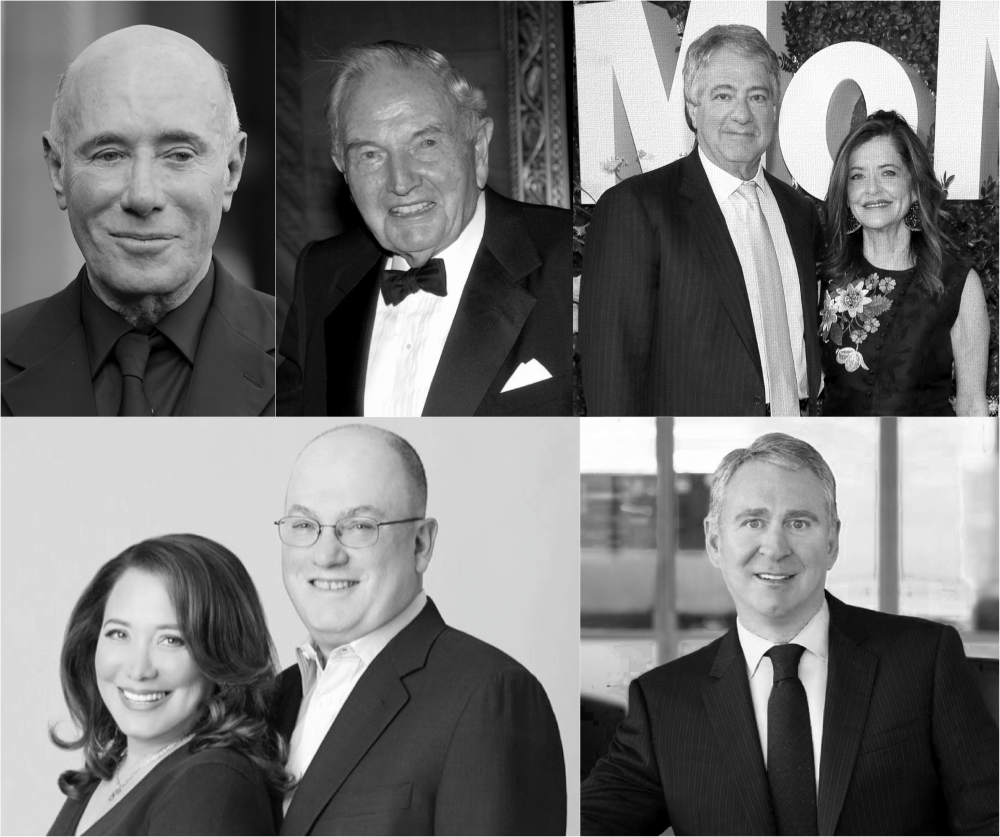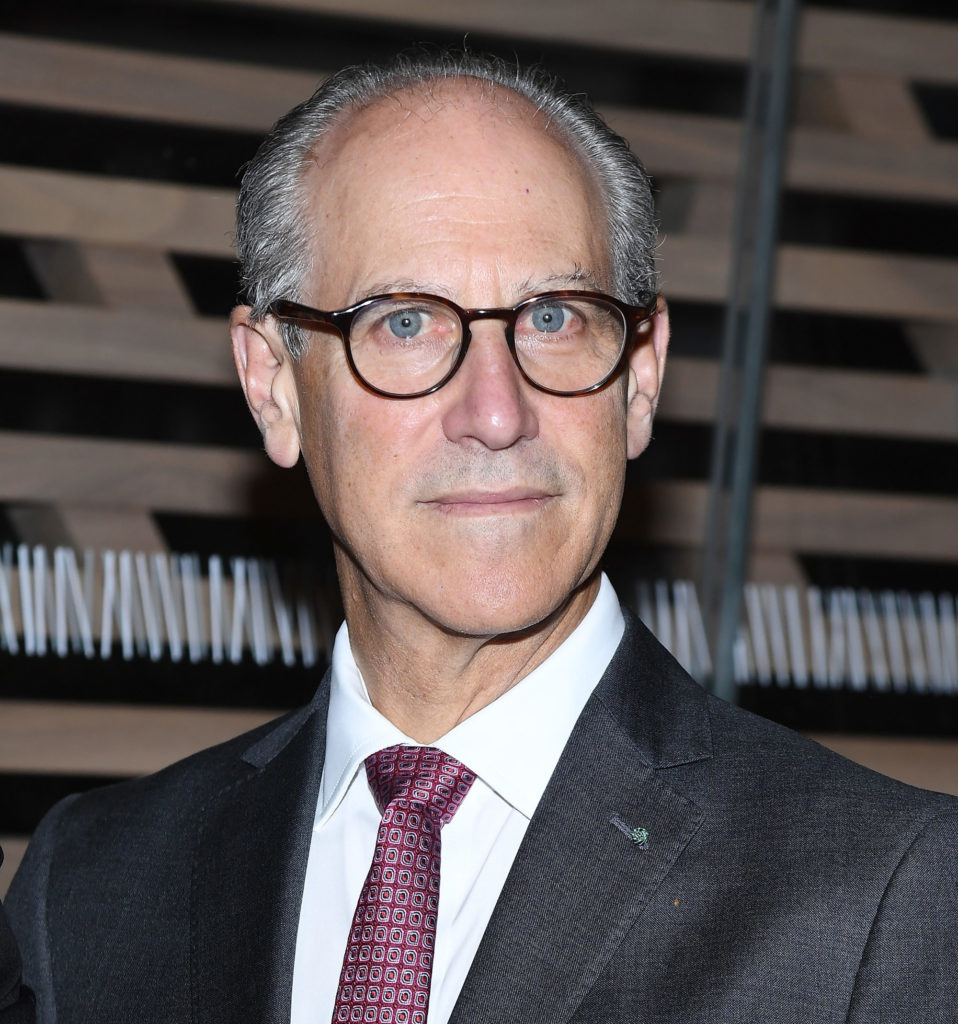Analysis
How New York’s MoMA Raised More Than $400 Million for Its Expansion in Just Four Years
Four people—Leon Black, David Geffen, Ken Griffin, and Steve Cohen—gave more than 50 percent of the target sum.

Four people—Leon Black, David Geffen, Ken Griffin, and Steve Cohen—gave more than 50 percent of the target sum.

Eileen Kinsella

At a time when many art institutions are struggling to meet ambitious fundraising goals, New York’s Museum of Modern Art has done what others have deemed impossible.
In the past four years alone, the institution raised more than $400 million from a concentrated cluster of super-wealthy patrons. On October 21, it will unveil the fruits of that effort to the public: 40,000 square feet of additional exhibition space, a new wing, and a rehang of its entire collection that will prompt a major reconsideration of the story of Modern and contemporary art. MoMA’s supporters “want the museum to be a work in progress,” the museum’s director Glenn Lowry told artnet News in a recent interview.
The funding feat is even more impressive when considered against the backdrop of Manhattan’s ultra-competitive landscape. While MoMA was on the fundraising trail, no fewer than five major New York museums were also in the midst of expansion or striving to expand: the Whitney Museum of American Art, the Frick Collection, the New Museum, the Studio Museum in Harlem, and the Metropolitan Museum of Art. (The Met postponed plans for its Modern and contemporary wing as fundraising stalled in 2017; it has since resumed the project with a narrower scope.) At the same time, the Los Angeles County Museum of Art has struggled to stay on schedule to raise $650 million for a major expansion of its own.
MoMA, meanwhile, even took the bold step of closing its doors for for the past few months—sacrificing its highly lucrative, high-traffic summer season—in order to accelerate the renovation timeline. How did they pull it off?
Fundraising is like war, says Adrian Ellis, the founder of AEA Consulting: “You need a strategy and a timetable.”
MoMA raised funds at a breakneck speed. According to various reports, updates from MoMA, and a Chronicle of Philanthropy database search, the museum accrued the following gifts: $40 million from hedge-fund manager Ken Griffin in 2015; $100 million from entertainment mogul David Geffen in 2016; a $125 million bequest from the late banker and heir David Rockefeller in 2017; $50 million from hedge-fund manager Steven Cohen and his wife Alexandra, also in 2017; $40 million from private equity tycoon Leon Black and his wife Debra in 2018; and another $103 million estimated bequest from Rockefeller dated 2019. (It remains unclear exactly what portion of the bequest applied directly to the expansion; MoMA did not respond to repeated requests for clarification.)
That marks a total of $458 million, well in excess of the $400 million reported capital campaign target.

Source: Chronicle of Philanthropy, artnet News Research. Graphic: artnet News.
MoMA’s pitch found sympathetic ears among some of the country’s wealthiest. The museum has undoubtedly benefited from the trends in wealth distribution that make the rich richer—and more comfortable giving their fortune away.
“The trends in fundraising follow the same trends as wealth distribution—the giving that we know about is growing steeper and steeper, where smaller amounts of people are giving larger amounts of funding,” Ellis said. MoMA’s own campaign reflects this trend: Just four people—Leon Black, David Geffen, Ken Griffin, and Steve Cohen—gave more than 50 percent ($230 million) of the target sum.
Several elements are crucial to a money-raising effort of this magnitude, according to Ellis. First, a compelling pitch or “argument” for why donors should give to you over other deserving causes; second, wealthy prospects to pitch to; third, people who can ask for money in an effective manner; and, fourth, a sophisticated development department to support the people making the ask. “If you look at MoMA, they’ve got all that,” Ellis says.
One could imagine the pitch might still be difficult. The new MoMA unmoors the solid narrative of Modernism (whose titans are well represented in the collections of its biggest donors). Instead, it offers a consistently changing display that better integrates artists of different generations, races, media, and nationalities.
How did those who supported the museum 15 years ago become advocates for this version of art history? MoMA pitched it as an extension of the vision of its vaunted founder Alfred Barr, whose most closely held value was progress. (Barr famously depicted the museum’s collection as a torpedo moving through time.)
“They want to feel that they are contributing to that idea of Alfred Barr’s—that the museum is a laboratory in which the public is invited to participate in the experiments,” Lowry told artnet News. “I think what they’ve bought into was a sense that they could add a new chapter to that, enable a new set of conversations to take place. So we were very lucky.”

Clockwise from top left: David Geffen; David Rockefeller; Leon and Debra Black; Alexandra and Steven Cohen; Ken Griffin.
Reynold Levy, a consultant and former president of Lincoln Center, notes that “organizations like MoMA have very committed boards,” while its development teams do a really good job of getting donors involved and excited.
Surprisingly, however, not every major MoMA donor is a board member, while many serve in leadership positions on other museum boards at the same time. Black, whose wife Debra is on the board of the Met, was named chairman of MoMA’s board in spring 2018; Cohen, who is also on the board of LA MOCA, became a MoMA board member that same year. Neither Geffen nor Griffin is on MoMA’s board (though Ken’s wife, Anne Dias Griffin, is).
“It becomes a competition among the nonprofit organizations,” says Maria Di Mento, a staff writer at the Washington, DC-based Chronicle of Philanthropy. “There is so much crossover especially when so many donors are involved with more than one cultural group.”
Some donors may have been convinced by the fact that MoMA offered naming rights in exchange for hefty gifts. In a nod to Geffen’s $100 million donation, MoMA will now have a David Geffen Wing, comprised of three floors of new galleries in a residential tower designed by French starchitect Jean Nouvel. An existing fourth-floor exhibition space is also set to be named in honor of the mogul. Meanwhile, the museum announced in 2017 that MoMA’s largest contiguous gallery will be called the Steven and Alexandra Cohen Center for Special Exhibitions.
In addition to those bragging rights, it’s no secret that the close association with a museum focused primarily on modern and contemporary art also comes with added perks and access to the white-hot contemporary market. “The vast majority [of board members] are collectors of modern and contemporary art so they live and breathe what we do,” Lowry said. “They’re incredibly generous and they believe in the staff.”
MoMA also has the benefit of experience: This is Lowry’s second monumental capital campaign (following the $800 million-plus revamp in the early 2000s).
“There is no magician pulling a rabbit out of a hat, there is terrific leadership at MoMA,” Levy says. “It’s no accident Glenn Lowry has been with the organization for as long as he has.”

Glenn D. Lowry attends “Etre Moderne : Le MoMA A Paris” exhibition at Fondation Louis Vuitton on October 9, 2017 in Paris, France. (Photo by Pascal Le Segretain/Getty Images)
Indeed, part of Lowry’s skill undoubtedly involves aligning donors’ deepest aspirations with those of the museum. When Geffen’s $100 million gift was announced in 2016, the entertainment mogul fondly recounted his personal connection to the institution—visits to the museum when he was starting out at an entry-level position at William Morris Agency.
“When I worked in the mailroom at the William Morris Agency, I used to brown bag it at the sculpture garden of the Museum of Modern Art,” Geffen—who is friends with MoMA’s president, Marie-Josée Kravis—said. “It’s where I developed my interest in post-World War II art.” Now, his name will adorn that same institution in perpetuity.